The world of dog shows can be exhilarating. Imagine the thrill of stepping into the ring, your expertly groomed canine companion by your side, vying for the judge’s attention. Competing in dog shows offers a unique opportunity to bond with your dog while showcasing their best qualities. But before you dive headfirst into this exciting world, it’s essential to be well-prepared. This comprehensive guide provides everything you need to know before entering the exciting, and sometimes intimidating, world of dog shows. From understanding the different dog show classes like conformation and obedience, to deciphering dog breed standards and mastering dog show training techniques, we’ll cover it all. We’ll also connect you with valuable resources, like finding an experienced dog show mentor, to ensure you’re ready for the big day. So, if you’re ready to experience the unique joy of competing with your dog, read on and let’s embark on this journey together!
Essential Preparations: Setting Yourself Up for Success
Stepping into the world of dog shows can feel like entering a whole new universe, filled with unique traditions and expectations. But don’t let the initial learning curve deter you! With the right preparation, you and your canine companion can confidently embark on this exciting journey.
Choosing the Right Show and Class
The first step is determining which show and class are the best fit for you and your dog. The American Kennel Club (AKC) offers a wide array of events, each with its own set of rules and judging criteria.
- Conformation Shows: These are the most popular type of dog show, where your dog is judged on how closely they conform to their breed standard. This includes physical characteristics like size, structure, coat, and temperament.
- Obedience Trials: Here, the focus is on your dog’s ability to follow commands and perform a series of exercises with precision and accuracy. Obedience trials showcase your dog’s training and your teamwork.
- Rally Obedience: A fun and fast-paced event, rally obedience combines elements of obedience with an obstacle course. It’s a great option for dogs and handlers who enjoy a dynamic challenge.
- Agility Trials: Agility is a thrilling spectator sport where dogs navigate a course of jumps, tunnels, weave poles, and other obstacles with incredible speed and agility. It requires a high level of training and athleticism from both dog and handler.
Research the different types of shows and classes available in your area. Consider your dog’s breed, age, temperament, and your own interests when making a decision. You can even attend a few shows as a spectator to get a feel for the atmosphere and different events before committing.
Understanding Breed Standards and Training Requirements
Once you’ve chosen your class, it’s crucial to familiarize yourself with the specific requirements.
- Conformation: Obtain a copy of your dog’s breed standard from the AKC or your breed’s parent club. This document outlines the ideal characteristics of your breed, from head shape and tail set to gait and temperament.
- Performance Events: Carefully review the rules and regulations for your chosen event. This will include information on the required exercises, scoring systems, and any equipment allowed.
Start training early and consistently. Enlist the help of a professional dog trainer experienced in your chosen discipline. They can help you understand the training techniques, equipment, and strategies needed to succeed.
Finding a Mentor and Practicing Showmanship Essentials
Navigating the dog show world can be less daunting with the guidance of an experienced mentor. Reach out to your local kennel club, breed club, or training facility to connect with established handlers who can provide valuable insights and support.
Beyond training your dog, you’ll also need to master the art of showmanship. This includes:
- Gaiting: Learning to move with your dog at the correct pace and pattern to showcase their movement.
- Stacking: Positioning your dog in a way that highlights their conformation and allows the judge to evaluate their structure.
- Baiting: Using treats or toys to keep your dog’s attention and present them in the best possible light.
- Ring Etiquette: Understanding proper conduct in the ring, including how to interact with the judge, other handlers, and your dog.
Practice these skills regularly at home and consider attending handling classes or workshops to refine your technique and build your confidence. Remember, good showmanship is about presenting your dog to their fullest potential with grace and professionalism.
The #1 Free Source for Pitbull & Bully Pedigrees!

Essential Preparations: Setting Yourself Up for Success
Stepping into the world of dog shows requires careful planning and dedicated effort. It’s not just about having a beautiful dog; it’s about showcasing their best qualities while navigating the intricacies of the show ring. Here’s how to lay a solid foundation for a rewarding experience:
Choosing the Right Show and Class: Finding Your Niche
The first step is determining which show and class align with your goals and your dog’s breed, age, and temperament.
* **Conformation Shows:** These are the most prevalent type, focusing on how well your dog conforms to their breed standard. You’ll choose a class based on age (puppy, adult), sex, and previous wins.
* **Obedience Trials:** These events highlight your dog’s training and teamwork. Classes range from beginner (Novice) to advanced (Utility), each with specific exercises to perform.
* **Rally Obedience:** A fun and fast-paced alternative to traditional obedience, Rally combines obedience skills with a course navigated by following signs.
* **Agility Trials:** If your dog loves to jump, climb, and weave through obstacles, agility might be the perfect fit. Classes progress in difficulty, testing speed, accuracy, and handler communication.
Don’t be afraid to start with smaller, local shows to get your feet wet before progressing to larger, more competitive events.
Understanding Breed Standards and Training Requirements: Knowledge Is Power
Once you’ve identified your chosen class, deep dive into understanding the judging criteria.
* **Breed Standards:** For conformation, each recognized breed has a detailed standard outlining the ideal physical characteristics, temperament, and gait. This document becomes your blueprint for presenting your dog. Study it carefully and, if possible, attend shows to observe winning dogs in your breed.
* **Training Requirements:** Whether it’s mastering the perfect sit-stay for obedience or nailing a challenging agility sequence, each discipline demands targeted training. Start early, be consistent, and prioritize positive reinforcement methods that make learning enjoyable for both you and your dog.
Finding a Mentor and Practicing Showmanship Essentials: Guidance and Practice Make Perfect
Navigating the world of dog shows is much easier (and more fun!) with experienced guidance. Seek out a reputable breeder, trainer, or handler who can provide:
* **Breed-Specific Advice:** They’ll have intimate knowledge of your breed’s standard and can offer invaluable tips on presenting your dog to their best advantage.
* **Showmanship Techniques:** Learning how to gait your dog, stack them for examination, and present them to the judge confidently takes practice. A mentor can help you refine these essential skills.
* **Ringcraft Classes:** Many clubs offer ringcraft classes specifically designed to teach handlers the basics of showmanship. These classes provide a supportive environment to learn, practice, and build confidence.
Remember, success in the show ring is a marathon, not a sprint. Be patient with yourself and your dog, celebrate small victories, and enjoy the journey of strengthening your bond while pursuing this exciting hobby.
The #1 Free Source for Pitbull & Bully Pedigrees!
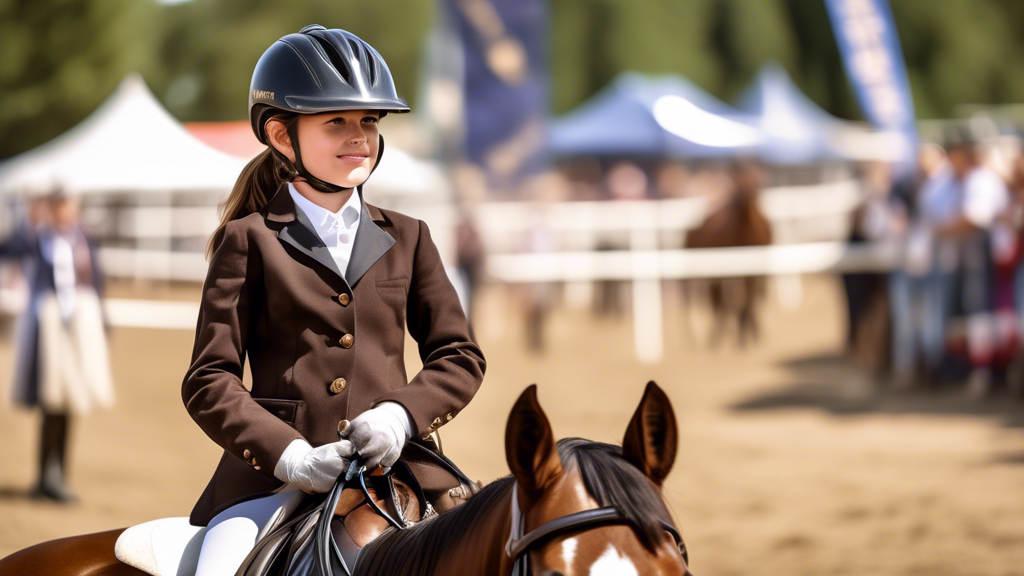
Show Day Strategies: Confidence and Poise in the Ring
The big day has arrived! After weeks or even months of preparation, it’s time to put your skills to the test. Entering the show ring for the first time can be overwhelming, but remember that excitement and nerves are all part of the experience. By following these tips and maintaining a positive attitude, you can help ensure a successful and enjoyable show day.
Arriving Prepared and Presentation-Ready
- Timing is Everything: Arrive at the showground with plenty of time to spare. This will give you a chance to find your ring, check in, and allow your dog to acclimate to the environment.
- Grooming Essentials: Pack a grooming kit with all the essentials. A last-minute brush, comb, and show spray can make a big difference in your dog’s appearance. Refer to your breed’s grooming standard for specific requirements.
- Veterinary Check: Ensure your dog’s vaccination records are up-to-date and readily available. Some shows require proof of vaccination upon entry.
Navigating the Ring: Handling Tips
Once you enter the ring, it’s time to showcase your dog’s best qualities. Judges look for dogs that are well-behaved, fit the breed standard, and move correctly. Your handling plays a crucial role in this presentation.
- Gaiting Gracefully: Practice your gaiting patterns at home. The judge will want to see your dog move at different speeds and in different patterns to evaluate their gait and structure.
- Stacking with Precision: Stacking is the art of positioning your dog’s body to highlight its conformation. Learn the correct stacking technique for your breed and practice until it becomes second nature for both you and your dog.
- Presenting with Confidence: When the judge examines your dog, stand confidently and allow them to approach without interference. Respond to their instructions promptly and politely.
Etiquette and Sportsmanship: The Unwritten Rules
Dog shows have their own set of unwritten rules and etiquette guidelines that all participants are expected to follow. Maintaining good sportsmanship is paramount.
- Respect the Judge: The judge’s decision is final. Accept their judgment gracefully, even if you don’t agree with it. Remember, it’s just one person’s opinion on one particular day.
- Congratulate Fellow Competitors: Whether you win or lose, offer congratulations and encouragement to your fellow competitors. Dog shows are a community, and fostering a positive atmosphere is essential.
- Control Your Emotions: It’s natural to feel nervous or excited, but try to keep your emotions in check. Your dog can sense your energy, so staying calm and collected will help keep them relaxed as well.
- Clean Up After Your Dog: Always bring poop bags and immediately clean up after your dog. This is not only common courtesy but also essential for maintaining the cleanliness of the showground.
Remember, dog shows are meant to be enjoyable for both you and your canine companion. By preparing thoroughly, handling your dog with confidence, and embracing the spirit of sportsmanship, you can make the most of your show day experience. Wins are fantastic, but the true reward lies in strengthening the bond with your dog and celebrating their unique qualities in the show ring.
Stepping into the world of dog shows can feel like entering a whole new universe, filled with its own unique customs and a passionate community of dog lovers. While the journey requires dedication, patience, and a good dose of humor, the rewards – the bond strengthened with your canine companion, the thrill of the competition, and the camaraderie among fellow enthusiasts – are immeasurable. Remember, every seasoned handler was once a newcomer. By understanding the specific requirements of your chosen class, dedicating time to training and preparation, and approaching each show with a positive attitude, you and your dog will be well on your way to navigating the ring with confidence and grace. Whether you collect ribbons or simply cherish the experience, participating in dog shows offers an invaluable opportunity to celebrate the extraordinary bond between humans and their dogs.







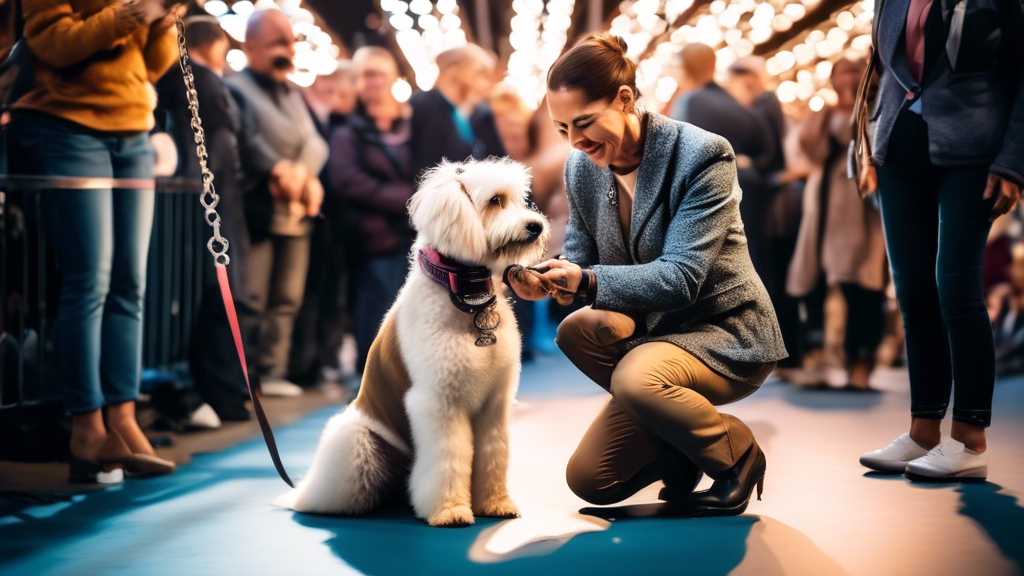
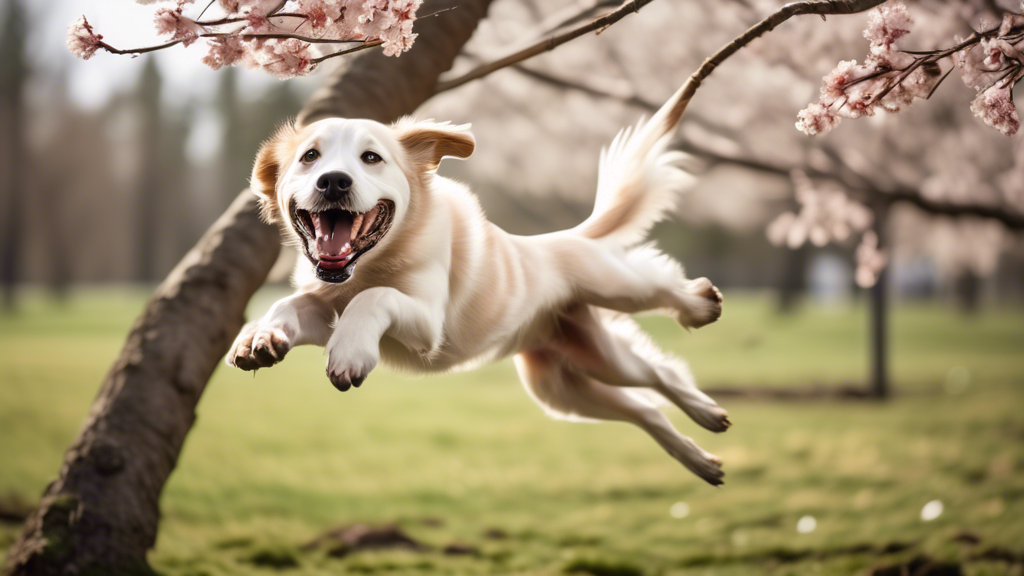
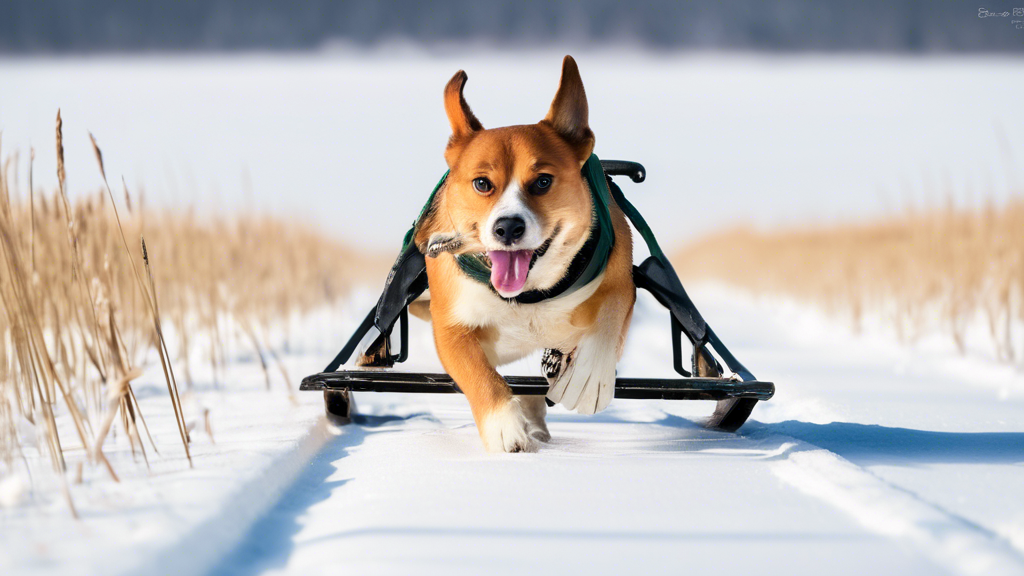

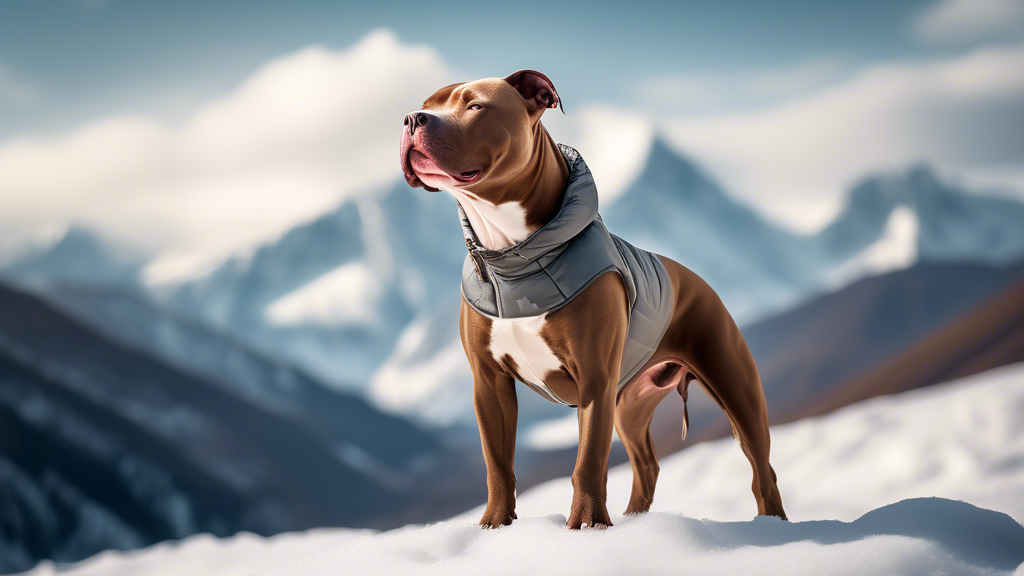
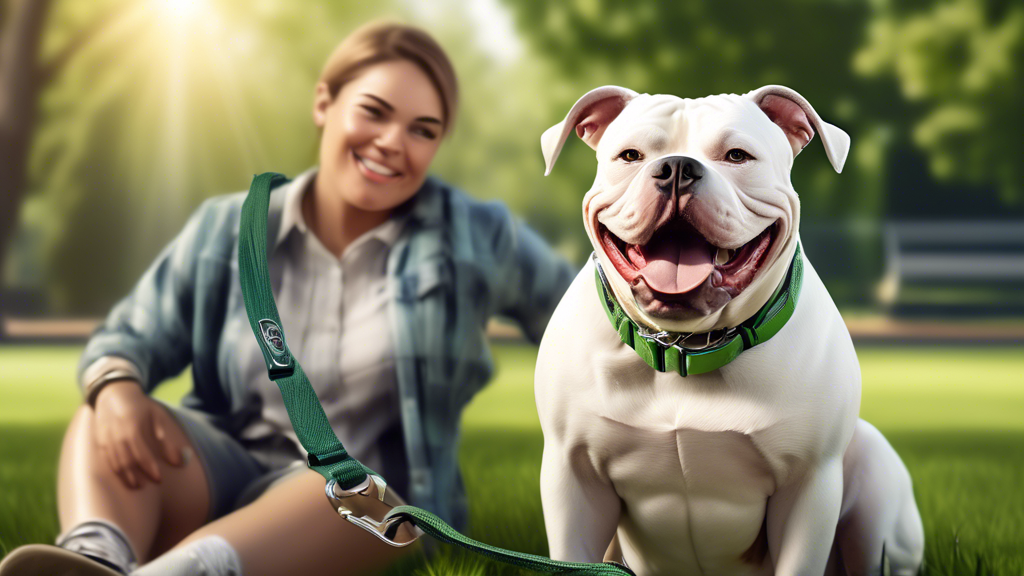
Leave A Comment